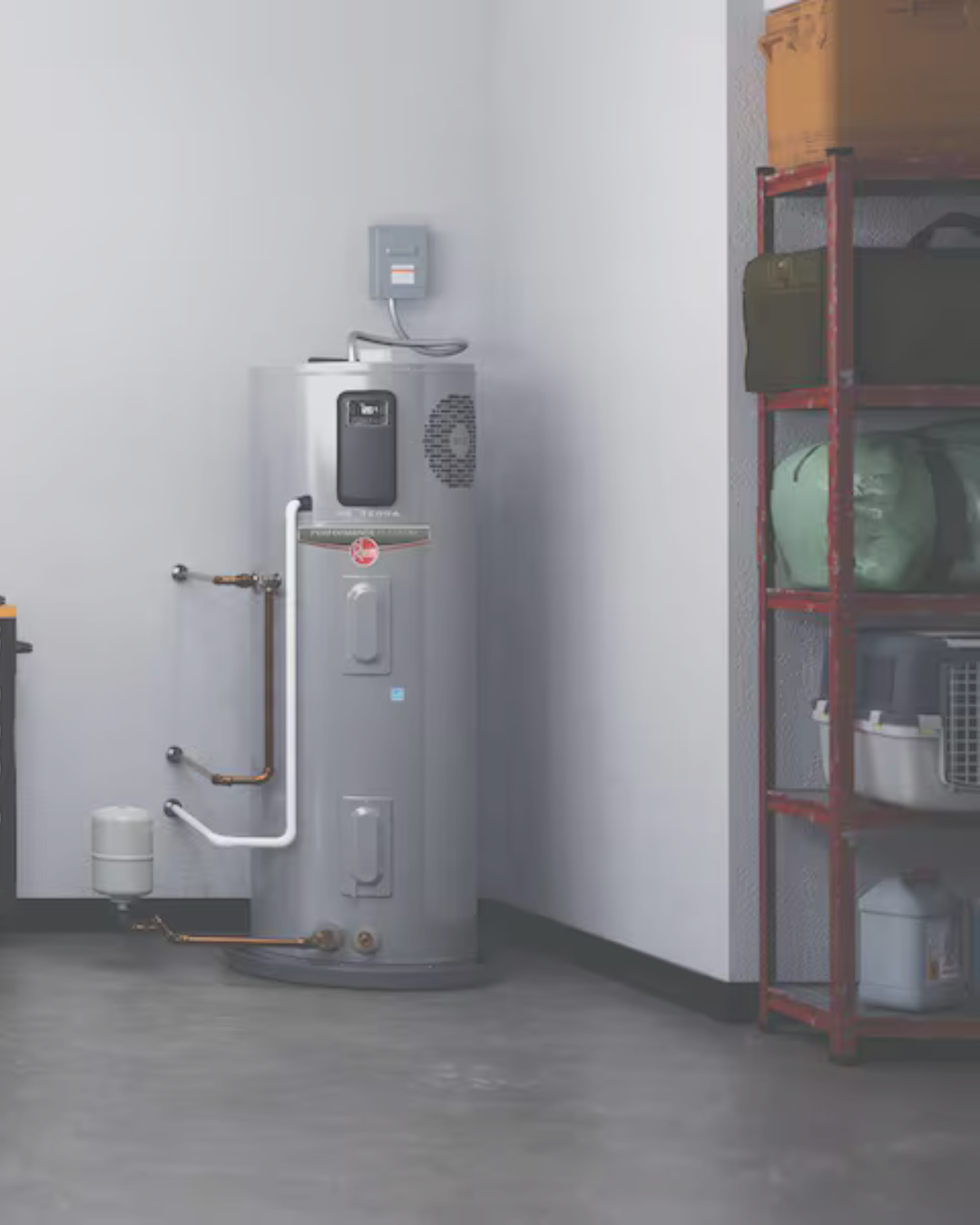& Nassau County
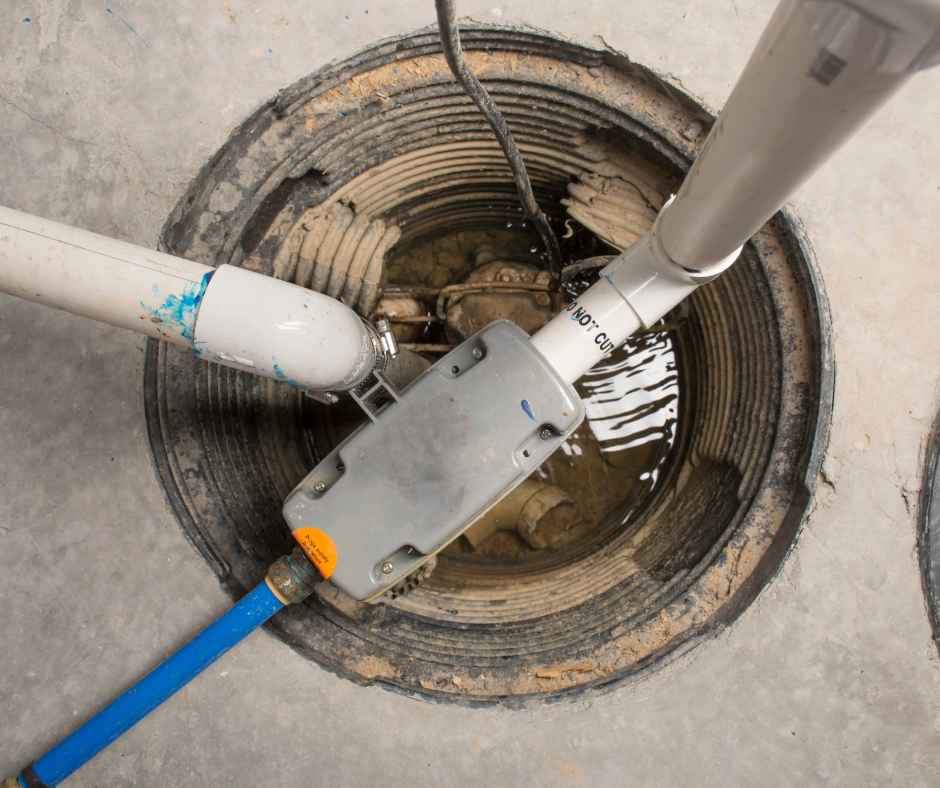
What Does a Sump Pump Do?
September 10, 2024
Homeowners often seek ways to protect their properties from water damage, particularly in areas prone to heavy rainfall or flooding. One of the most effective devices for preventing water damage is a sump pump. But what exactly is a sump pump, and how does it function? In this blog post, we will explore what a sump pump does, its importance, and why you might need one in your home.
What Is a Sump Pump?
A sump pump is a device installed in the lowest part of a basement or crawlspace. Its primary purpose is to prevent flooding and keep the area under your home dry. It sits in a pit, known as a sump pit, which collects water from around your home’s foundation. When the water level in the pit reaches a certain point, the sump pump activates and pumps the water out and away from your home.
How Does a Sump Pump Work?
To understand what a sump pump does, it’s essential to know how it operates. Here’s a step-by-step breakdown of its functioning:
- Water Collection: Water from rain, melting snow, or groundwater seeps into the sump pit. This water typically comes from a drainage system installed around the foundation of your home.
- Activation: When the water level in the sump pit rises to a predetermined level, a float switch or pressure sensor activates the sump pump.
- Pumping Water: The sump pump starts and pumps the water out of the pit through a discharge pipe. This pipe directs the water away from your home, typically to a storm drain or a dry well.
- Automatic Shut-off: Once the water level drops below the activation point, the sump pump shuts off automatically until the pit fills again.
Types of Sump Pumps
There are two main types of sump pumps: submersible and pedestal.
- Submersible Sump Pumps: These are installed inside the sump pit and are designed to function underwater. They are quieter and more efficient because they sit directly in the water they need to pump.
- Pedestal Sump Pumps: These pumps are mounted above the sump pit, with only the hose running into the pit. They are easier to access for maintenance but can be noisier and less efficient than submersible pumps.
Benefits of Installing a Sump Pump
The benefits of installing a sump pump in your home are numerous:
- Flood Prevention: The primary benefit of a sump pump is preventing basement flooding. It keeps your basement dry by quickly removing any water that enters the sump pit.
- Protects Property: By keeping your basement dry, a sump pump helps protect your belongings stored in the basement from water damage. This is especially important for items that are susceptible to mold and mildew.
- Foundation Protection: Excessive water around your home’s foundation can cause cracks and structural damage. A sump pump helps to divert water away from the foundation, maintaining its integrity.
- Health Benefits: A damp basement can lead to mold growth, which can have serious health implications. By keeping your basement dry, a sump pump helps to prevent mold and mildew, contributing to a healthier living environment.
Do You Need a Sump Pump?
While not every home requires a sump pump, certain conditions make them highly advisable. Here are some scenarios where installing a sump pump is beneficial:
- High Water Table: Homes in areas with a high water table are more susceptible to groundwater seeping into the basement. A sump pump can help manage this water effectively.
- Heavy Rainfall: If you live in an area that experiences heavy rainfall, a sump pump can be crucial in preventing basement flooding.
- Previous Flooding Issues: If your home has a history of basement flooding, installing a sump pump can prevent future occurrences and protect your property.
- Finished Basements: If you have a finished basement or plan to finish it, a sump pump is essential to protect your investment from water damage.
Maintenance Tips for Sump Pumps
To ensure your sump pump operates effectively, regular maintenance is necessary. Here are some maintenance tips:
- Test Regularly: Periodically test your sump pump by pouring water into the sump pit to ensure it activates and pumps water out correctly.
- Clean the Pit: Remove any debris from the sump pit that could clog the pump or the discharge pipe.
- Check the Discharge Line: Ensure the discharge line is clear and directs water away from your home.
- Inspect for Wear and Tear: Regularly inspect your sump pump for signs of wear and tear, and replace any worn parts as needed.
- Backup Power: Consider installing a battery backup system to ensure your sump pump operates during power outages.
Call NH Ross for Sump Pump Help
Understanding what a sump pump does and its benefits can help homeowners protect their properties from water damage. Whether you live in an area with a high water table, experience heavy rainfall, or have a finished basement, a sump pump can be a valuable addition to your home. Regular maintenance and proper installation are key to ensuring your sump pump operates effectively and provides long-lasting protection.
For all your Long Island sump pump needs, including installation, maintenance, and repair, contact NH Ross. Our team of experienced professionals is ready to help you safeguard your home from water damage. Contact us today to schedule a consultation and ensure your home remains dry and protected.
Recent News
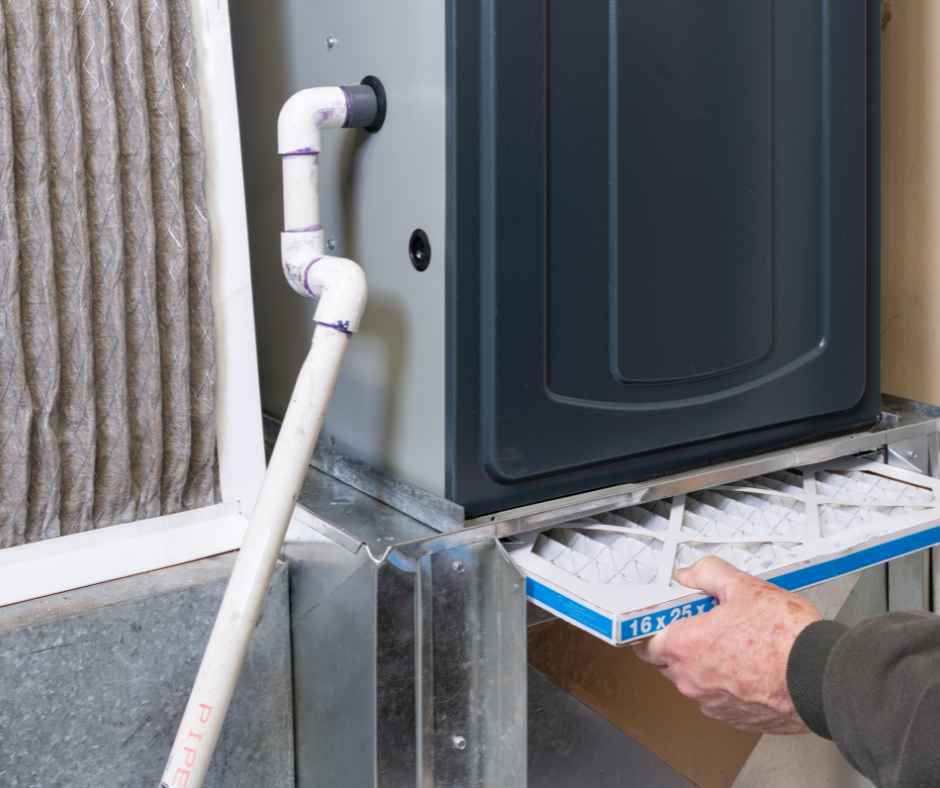
Why Heating Maintenance Saves Long Island Homeowners Money
October 24, 2025
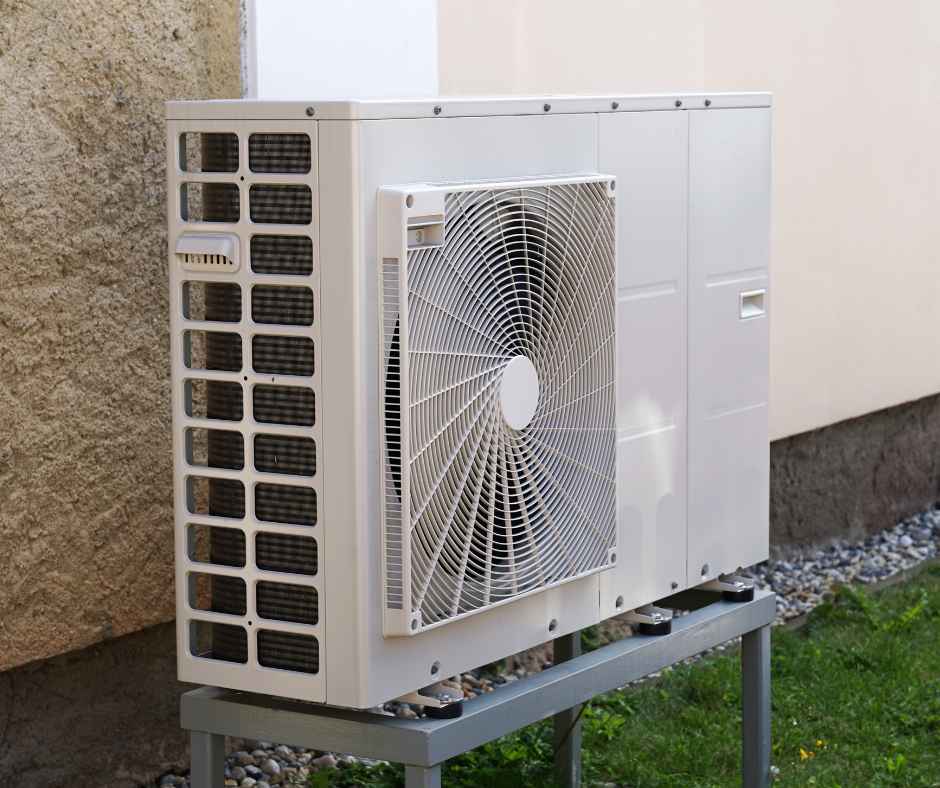
PSEG Heat Pump Water Heaters & Heat Pump Systems: Efficiency, Savings, and Rebates
September 24, 2025
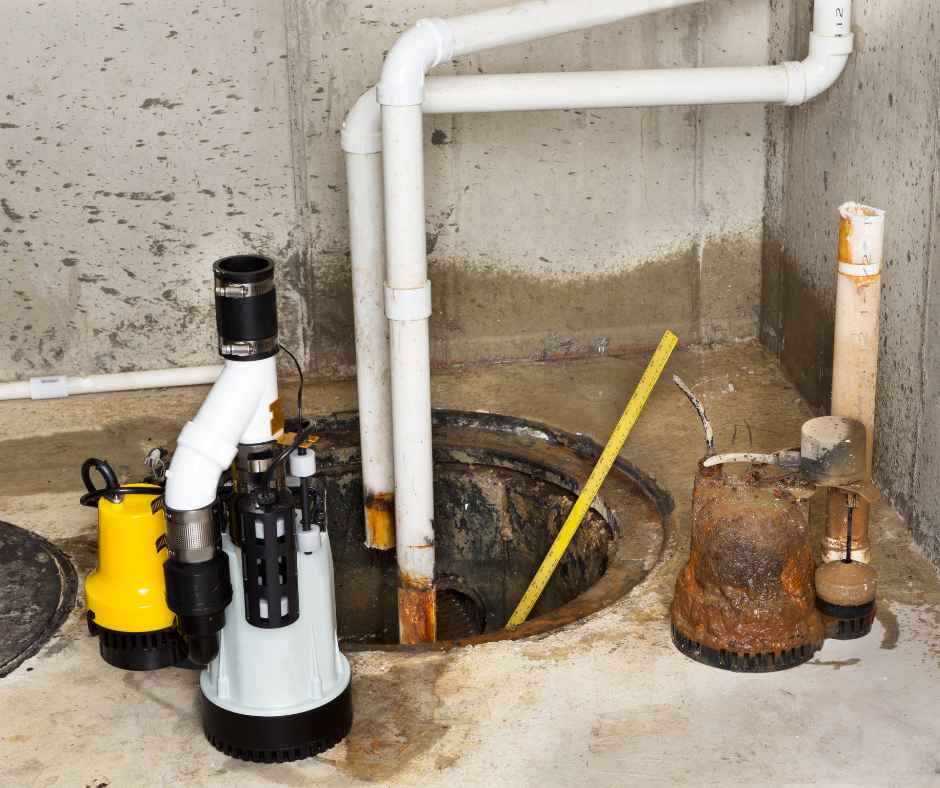
How to Know When It’s Time to Replace Your Sump Pump Before It’s Too Late
September 10, 2025
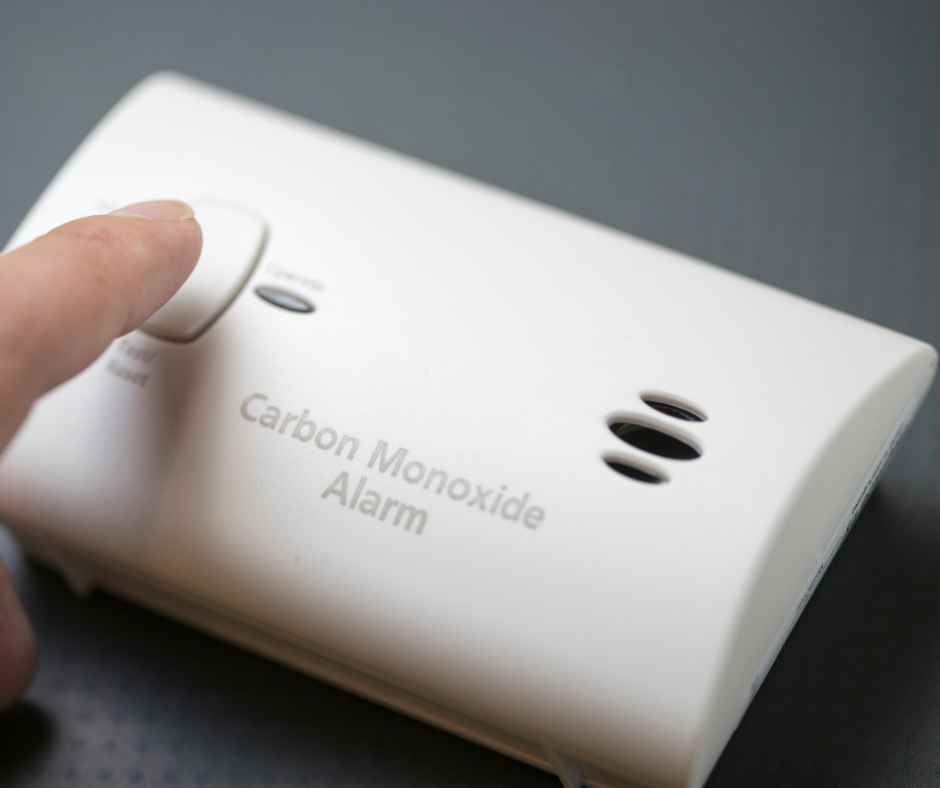
Carbon Monoxide Myths That Could Endanger Your Family
August 15, 2025
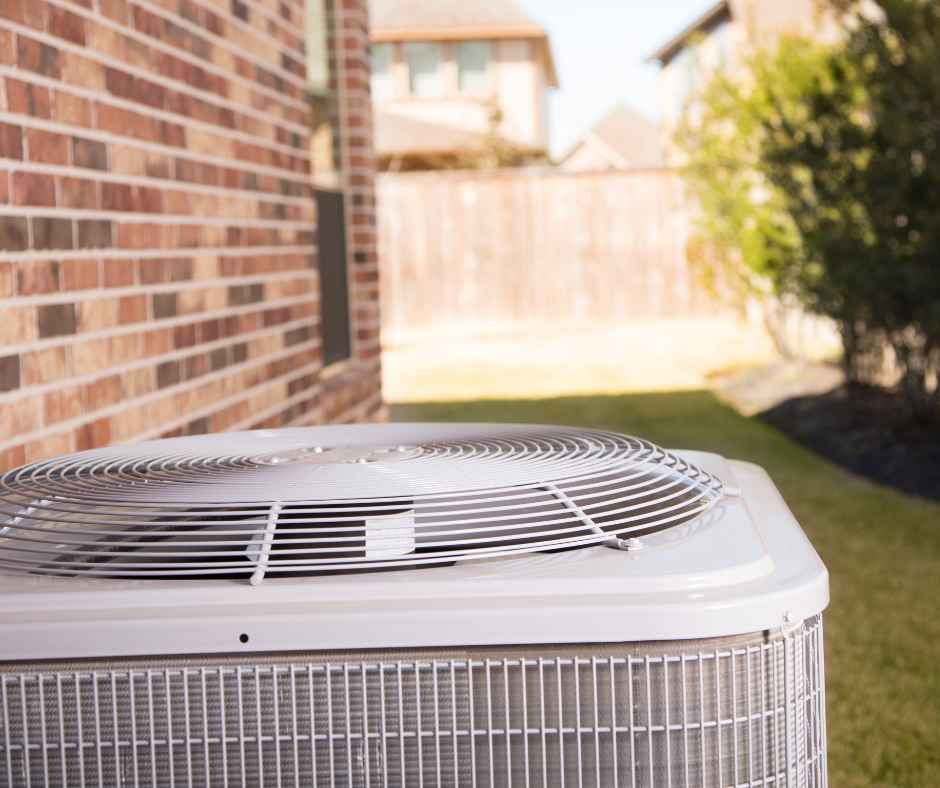
5 Common AC Mistakes That Are Costing You Money (And How to Fix Them)
July 17, 2025
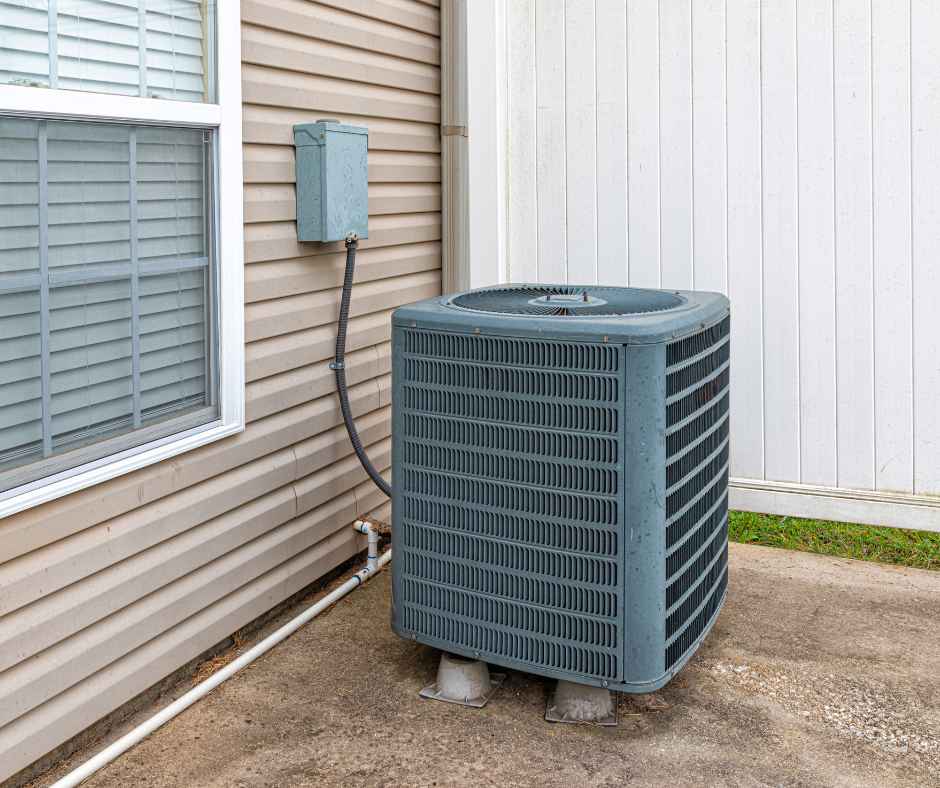
What To Do When Your AC Unit Freezes Up Inside
June 17, 2025
